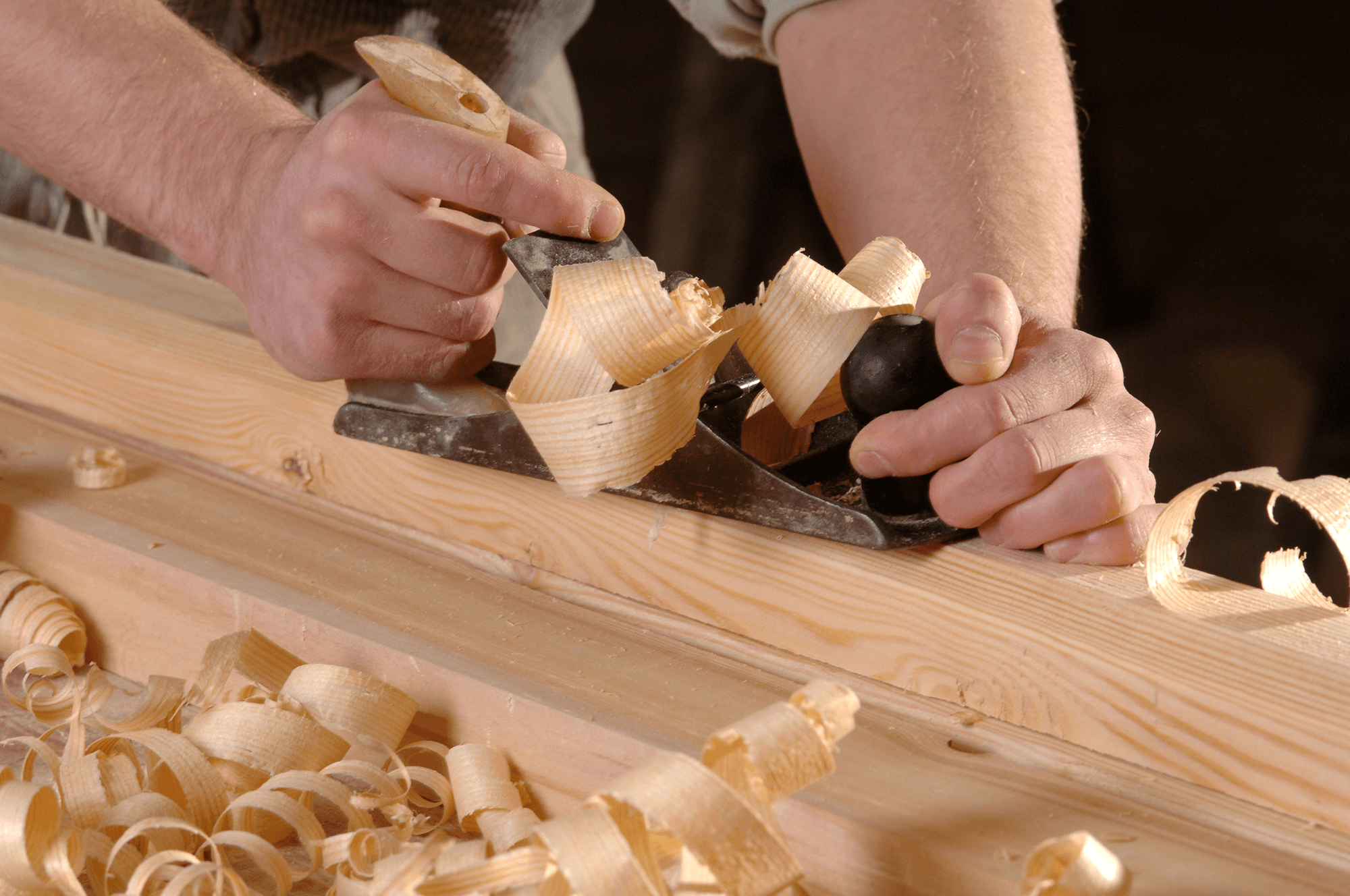How to Choose a Carpenter
Carpenters are an essential part of any self-build project. Before parting with your money, check out what they do, what methods they use and what materials they’ll need so you can avoid any costly mistakes during your build. Here’s our guide on how to source a skilled carpenter.
What do carpenters do?
Carpenters will be involved throughout your self-build project, working on both the first fix and second fix stages.
Typical carpentry jobs on a self-build projectFirst fix carpentry:
Second fix carpentry:
|
On a typical project, their first involvement will be to fix the ground floor joists. Once the building reaches first floor height, they’ll fit first floor joists.
At roof level, the bricklayer will usually bed in the wallplate on the internal leaf before the carpentry team erects and braces the trusses. The fascias, barge boards, soffits and gutters are fixed before roof tiling commences.
After tiling, the scaffolding can be removed and the windows are fitted. External doors are then fixed.
Carpenters will then move on to tasks such as installing studwork positions (to create internal rooms) and fitting stairs.
How to find a reliable carpenter
The best way to find a good carpenter is through recommendation. Inspect examples of their work and speak to their earlier employers.
“Take references,” says Dave Bentley at the Federation of Master Builders (FMB). “Take how they present themselves as a sign of the quality of their labour. If their workplace is clean and tidy, they’re likely to be organised and keep your project in order.
“You also need to check the carpenter is capable of the work you want them to do. There’s no point employing somebody who’s put up fencing for the last 10 years if you want a roofer.”
Make sure they’re insured and that they’re accredited to a national organisation. If you source a trade from the FMB, for example, they will have gone through a vetting process to ensure they’re reliable.
You’ll also have the reassurance of the TrustMark sign. This means if there are any disputes, the impartial scheme operator will investigate and, if they deem you to be right, will ensure the firm rectifies the situation.
Who supplies tools and materials?
Every good carpenter will have their own set of tools. You will need to supply the materials.
How the different tradesmen will work together on siteAs the person in charge, it’s important that you introduce all the trades to one another. They need to be able to work as a team and make allowances for each other’s timetables. If your carpenter is putting up the internal partition walls, at some point he’ll need to get in touch with the electrician to put in all the cables before the plasterer arrives to work on the walls. “You need to give your carpenter all the details of what you want, where you want the sockets and switches and inform him that he is responsible for contacting the other trades when he/she is ready for them,” says Dave. |
“I recommend the self-builder sets up an account at their local builder’s merchants and then hands over the responsibility of ordering materials to the carpenter,” says Dave.
“You’ll avoid mistakes, such as over-ordering or incorrect sizes and you won’t be held responsible if products don’t arrive on time.”
What’s more, the tradesperson won’t be able to over-charge you for the cost of your timber materials. The only extra you will be paying them for is the time they spend ordering and transporting the materials to site.
What does it cost to hire a carpenter?
The cost comes down to the labour and time involved, and it depends on your project as to how long each stage will take. The average build schedule for the carpentry work on a three-bedroom house is two weeks for first fix and four weeks for second fix.
“For a smooth schedule, avoid gaps between the different stages of your project,” says Dave. “Get a quote from a quantity surveyor or a cost consultant to assess what work needs to be done, which can then be priced by the prospective tradesman,” says Dave.
Ask the tradesmen how long it will take them to do their section and then you can compile a schedule.
Draw up a written contract with your carpenter listing the work to be carried out and a full breakdown of the costs involved.
Don’t pay them on a daily rate if you won’t always be on site to check they’re working or be able to inspect how time efficient they are.



































































































 Login/register to save Article for later
Login/register to save Article for later













Comments are closed.